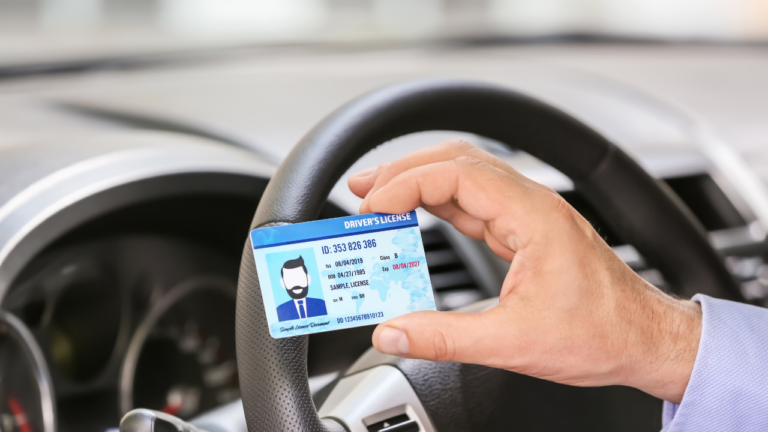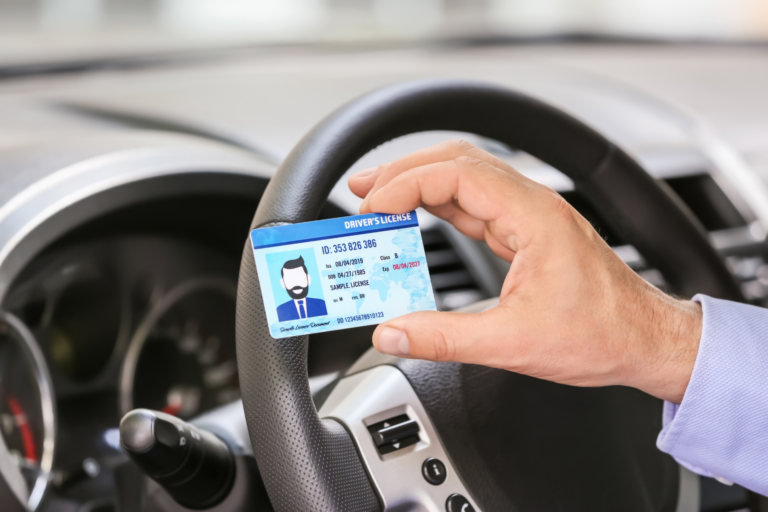License Reinstatement Process in California: A Step-by-Step Guide
Reinstating a suspended license in California is a process that involves several steps and requirements set forth by the Department of Motor Vehicles (DMV). Understanding this process is crucial for individuals looking to regain their driving privileges. In this guide, we’ll explore the key steps involved in reinstating a suspended license and discuss common reasons for license suspension.
1. Gather Required Documentation:
The first step in the license reinstatement process is to gather all necessary documentation. This may include:
- Proof of identity (such as a valid California ID card or passport).
- Proof of residency in California.
- Any court documents related to the suspension.
- Completion certificates for any required courses or programs (such as traffic school or DUI education).
2. Understand Common Reasons for License Suspension:
License suspension in California can occur for various reasons, including:
- Accumulation of too many points on your driving record due to traffic violations.
- Driving under the influence of alcohol or drugs (DUI).
- Failure to appear in court or pay fines for traffic citations.
- Reckless driving convictions.
- Being deemed a negligent operator by the DMV.
3. Schedule Appointments with the DMV:
Once you have gathered the necessary documentation, you’ll need to schedule appointments with the DMV to begin the reinstatement process. Depending on the reason for your license suspension, you may need to attend one or more hearings or meetings with DMV officials.
4. Pay Any Necessary Fees:
There may be fees associated with reinstating your suspended license, such as reinstatement fees or fines for specific violations. These fees must be paid to the DMV before your license can be reinstated.
5. Meet Specific Requirements for Reinstatement:
Each case of license suspension may have specific requirements that individuals must meet to reinstate their license. These requirements could include completing a defensive driving course, providing proof of insurance, or installing an ignition interlock device (for DUI-related suspensions).
Reinstating a suspended license in California involves gathering required documentation, scheduling appointments with the DMV, paying any necessary fees, and meeting specific requirements for reinstatement. By understanding the process and fulfilling all requirements, individuals can work towards regaining their driving privileges and getting back on the road legally.





